
Anna Quirentia Nilsson was a Swedish-American actress who achieved success in American silent movies.

Jules Furthman was an American magazine and newspaper writer before working as a screenwriter. Pauline Kael once wrote that Furthman "has written about half of the most entertaining movies to come out of Hollywood "
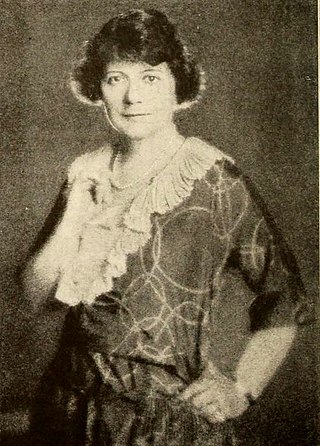
Marion Fairfax was an American screenwriter, playwright, actress, and producer.

Helen Ferguson was an American actress later turned publicist.
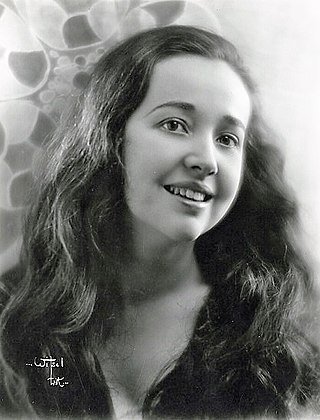
Helen Jerome Eddy was a movie actress from New York City. She was noted as a character actress who played genteel heroines in films such as Rebecca of Sunnybrook Farm (1917).

Albert Edward Coxen was an English-born American actor. He appeared in over 200 films during his career.

Kate Lester was an American theatrical and silent film actress. Her family, the Suydams of New York, were staying in Britain at the time of her birth.
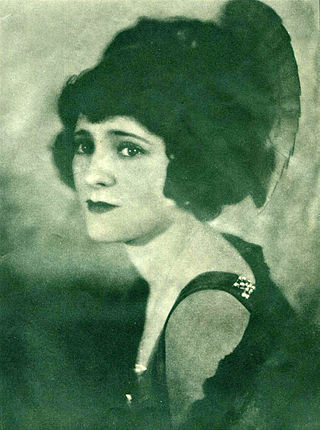
Edith Roberts was an American silent film actress from New York City.
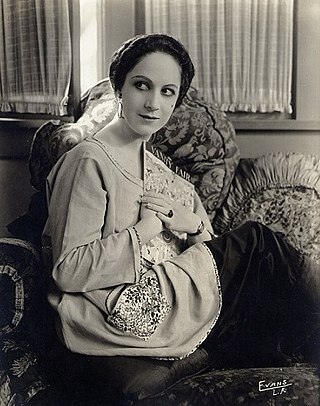
Claire Du Brey was an American actress. She appeared in more than 200 films from 1916 to 1959. Her name is sometimes rendered as Claire Du Bray or as Claire Dubrey.

Mayme Kelso was an American actress of the silent era. She appeared in more than 70 films between 1911 and 1927. She was born in Columbus, Ohio, and died in South Pasadena, California from a heart attack. She is especially known for her performances in Seven Keys to Baldpate (1925), Male and Female (1919), and Clarence (1922).

Agnes Christine Johnston was an American screenwriter who wrote for more than 80 films between 1915 and 1948.

Carmen Phillips was an American actress of the silent era. She appeared in more than 60 films between 1914 and 1926, frequently as a "vamp".
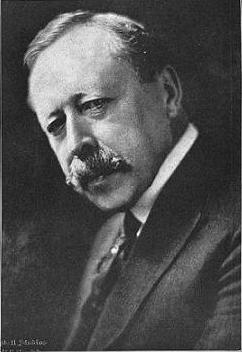
George Duane Baker was an American motion picture director whose career began near the dawn of the silent film era.
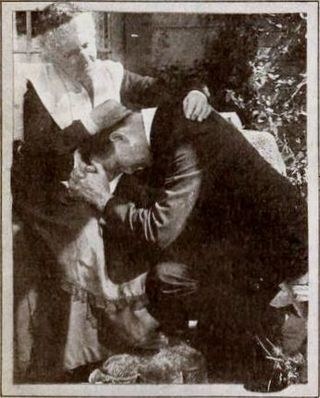
Ruby Lafayette was an American film actress, known for Sue of the South (1919), Big Bob (1921) and The Man Trap (1917). She was married to John T. Curran.

Selznick Pictures was an American film production company active between 1916 and 1923 during the silent era.
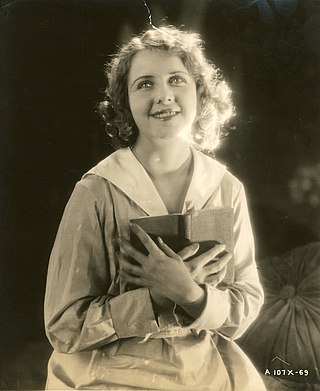
Diana Allen was a Swedish-American actress and Ziegfeld girl who starred in silent films such as 1921's Miss 139, which is now lost.
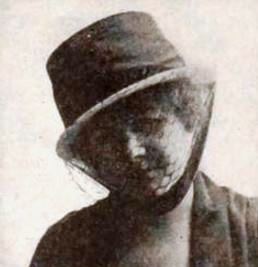
Lois Zellner was an American screenwriter active during Hollywood's silent era. She also went by the name Lois Leeson later in her career.
Mildred Considine (1887–1933) was an American screenwriter and actress active during Hollywood's silent era.
Alice Eyton, sometimes credited under her married name Alice von Saxmar, was a New Zealand–born journalist, screenwriter, playwright, and novelist active in Hollywood between 1918 and 1922.
Clara Genevieve Kennedy was an American screenwriter and author active during Hollywood's silent era. She wrote most of her scripts for Paramount.
















